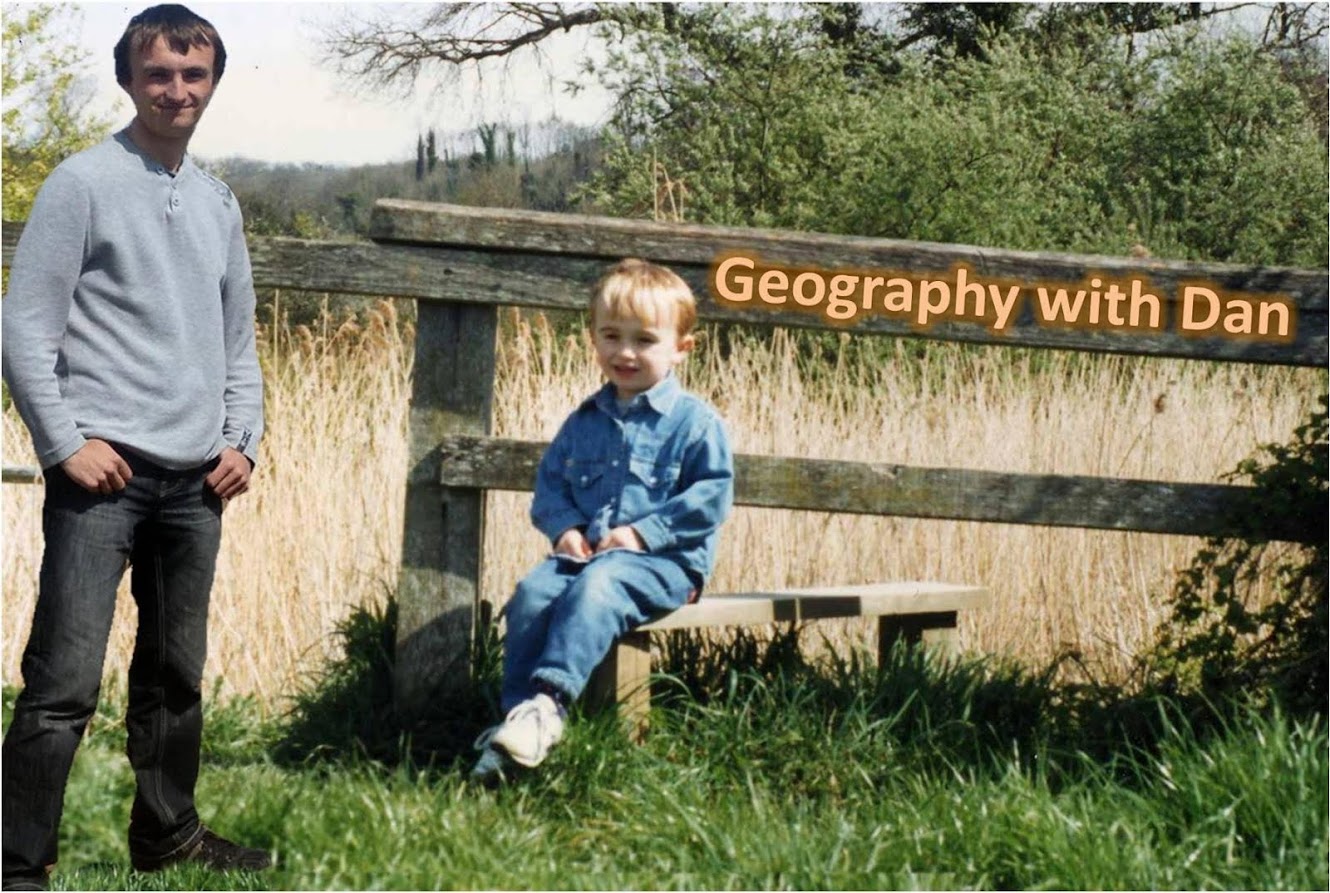Ironically, when I type 'cold' into my online thesaurus, the first synonym is 'Siberian' and yet a report featured in the journal Science warns that in the instance of mass-scale thawing, up to a trillion tonnes of 'greenhouse gases' Carbon Dioxide and Methane will be released, only to induce future warming and thawing by a process known as Positive Feedback. (In my experience, it's a complicated process and rarely brings positive prospects.) It's difficult, nevertheless, to support the possibility of mass thawing with a predicted temperature increase, partly because there are a hundred of factors which collide with these parameters. Research into Siberian Caves, however, has shone light -if only torch light- onto a historic warming event. Moreover, by analysing the stalactites and stalagmites, researchers have pieced together about 500,000 years of permafrost history and records of another warm period show that a 1.5 degrees C increase is sufficient to "present substantial thawing."
 Permafrost currently covers 24% of land in the Northern Hemisphere, but this figure could plummet significantly in the future if thawing takes place, though to many researchers, it's not a matter of 'if' but 'when'. Natural gas facilities in the Siberian region, including power lines, roads, railways and buildings are at great risk as a result, and no doubt Siberia will be facing future "economic implications".
Permafrost currently covers 24% of land in the Northern Hemisphere, but this figure could plummet significantly in the future if thawing takes place, though to many researchers, it's not a matter of 'if' but 'when'. Natural gas facilities in the Siberian region, including power lines, roads, railways and buildings are at great risk as a result, and no doubt Siberia will be facing future "economic implications".
It's amazing to delve into Siberia's construction history and the ways that Permafrost has been regarded, especially in the last fifty years. I turned back the clocks and dug into my collection of National Geographic and managed to track down an article into this very issue from March 1967. I have to admit it was refreshing to read some of the benefits that 'thawing' has for Siberia; in 1967, the thaw provided "a growing season to raise cabbages, potatoes, cucumber and tomatoes. They never get red, but they are tomatoes!" Siberia always was, and still is, one of the most austere landmasses on this very planet, and I'm not surprised that the population has utilised a seasonal thaw to their agricultural advantage. However, this week's projected global temperature rise could inspire a non-temporal melt- it could happen at anytime of the year- and peak thaw could be detrimental to the the area in a macro scale.
Construction, even back in 1967, was conscious of permafrost degradation; "when we put up a new building now, we put it on poles," the Mayor at the time reported to the National Geographic. Later on in the article, Vladimir Dynin, construction director of the Yakutsk Autonomous Soviet Socialist Republic, explained more of the process. "We use steam jets to thaw the permafrost and then, when the soil is mushy, we sink a [reinforced concrete] pile down 23 feet. When the soil refreezes, the pile becomes part of the frozen ground. The buildings to be supported by piles will be set six to eight feet above the ground, as if they were on stilts. The cold air will circulate under them and prevent their heat from melting the permafrost." (That annoys me, as permafrost does not melt, it thaws.) The elaborate and environmentally conscious techniques of the sixties haven't changed, but there's no doubt that building atop of perennially frozen ground will pose significant threats to its integrity. In the March 1990 edition of the National Geographic, Siberia is once again under the spotlight. "Development is hampered by...permafrost" it reports, though I would argue that development also threatens permafrost, and can therefore threaten future development. It seems slightly odd to say 'development prevents development' but in terms of Siberia, it's debatably true. "More and more Soviets decry the destruction of the fragile tundra, which can take a century to recover," the article goes on to state.
It's not as if Siberia hasn't felt the effects of permafrost thaw already. As the 1990 report goes on to add, "the BAM [Baykal-Amur Mainline Railroad] didn't have time to do their job right...The track was laid, the completion reports were written...And then track bed sank in the ice melt. Rails twisted, tunnel walls collapsed. Repairs and detours threw the BAM five years behind schedule."
This week's forecasted temperature rise is one contemporary issue; another is permafrost degradation. Siberia will have to think extremely carefully now. Sustainable Development will be a difficult process and will meet multitudinous obstacles. Suddenly, all of my tedious issues with British Winter are put into perspective.



No comments:
Post a Comment